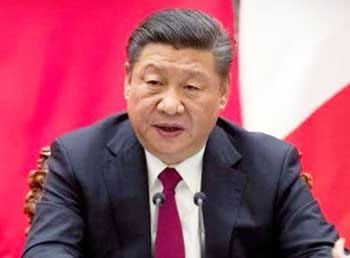INVC NEWS
Mumbai : Discover how the recent 18% price drop in KG-D6 natural gas impacts you and the energy sector. Get insights into CNG and PNG prices, understand government regulations, and learn what it means for your wallet and the world.
Hey There, Energy Buffs! Big News Just Dropped!
What’s up, my fellow energy aficionados? If you’ve been keeping an eye on the headlines, you might’ve seen that the natural gas prices for challenging areas like the KG-D6 block (owned by Reliance Industries) just fell by a jaw-dropping 18%! If that leaves you scratching your head, wondering, “So what? Why should I care?”—don’t sweat it! We’re going to break it all down for you in simple, friendly terms. Strap in!
CNG & PNG Prices: Your Daily Gas Fix Is Safe and Sound!
First things first—if you drive a car running on Compressed Natural Gas (CNG) or cook with Piped Natural Gas (PNG), your wallet is safe! No price changes there. In fact, these everyday gases are actually priced 30% less than the specialized natural gas that comes from complex sources like KG-D6. So, your road trips and homemade pizza nights are still very much on the budget-friendly side!
Meet the Masterminds: PPAC and the Ministry of Petroleum
Ever wonder who gets to make these massive pricing decisions? Let’s lift the curtain and give a shoutout to the Petroleum Planning and Analysis Cell (PPAC), working under the big umbrella of the Ministry of Petroleum. They announced that starting October 1st, the per-unit price for this exotic, hard-to-get natural gas will be Rs. 12.12. In the U.S. currency that most of us are familiar with, that’s a dip from $9.96 to something even more affordable per million British thermal units (MMBTU). A cheaper energy bill? Yes, please!
Calendar Watchers, Take Note: Biannual Price Reviews
If you’re into planning, circle April 1st and October 1st on your calendars. Why? Because that’s when the government takes a good, hard look at natural gas prices and decides whether they need a makeover. Once that’s settled, that freshly-priced natural gas is converted into the CNG for your car and the PNG for your kitchen. So, these dates indirectly impact your everyday life!
ONGC vs. Oil India: It’s All in the Formula!
And now, a geeky tidbit for you. Different kinds of fields get different pricing treatment. Companies like the Oil and Natural Gas Corporation (ONGC) and Oil India Limited (OIL) have their own unique formulas for this. Some formulas work best for older, more established fields, while others are custom-made for newer, challenging fields like KG-D6. Cool, right? So the pricing isn’t random; there’s actual science behind it!
So, Why Should You Even Care?
Let’s wrap this up. If you’re a regular Joe or Jane, you might think these changes are for the suits in the energy sector. And you’re not entirely wrong. But if you’re someone who likes to understand how global events shape our local lifestyle or you’re a budding investor, then this is golden intel. It gives you a glimpse into the ripple effects of international market trends on everyday stuff—like the gas that powers your stove or vehicle.
So there you go, folks! You’re now up-to-date on this big shake-up in the world of natural gas prices. Whether you’re looking to invest, just interested in global trends, or want to impress people at parties with your energy market knowledge, you’ve got the lowdown. Stay tuned for more cool updates!













